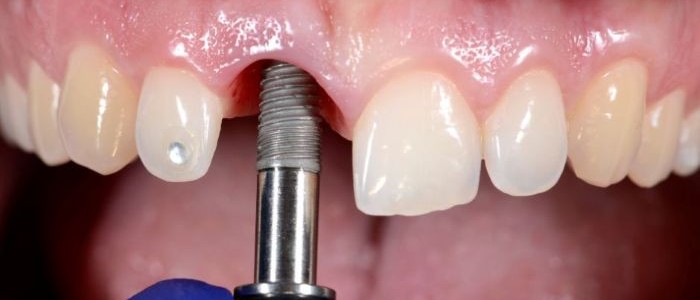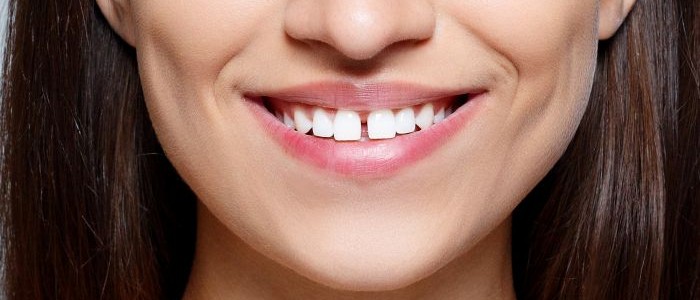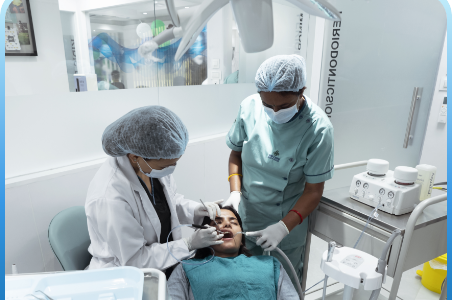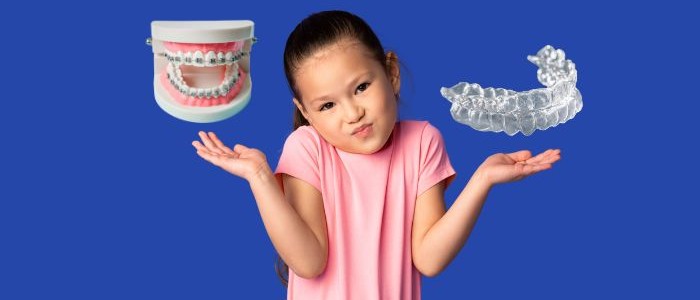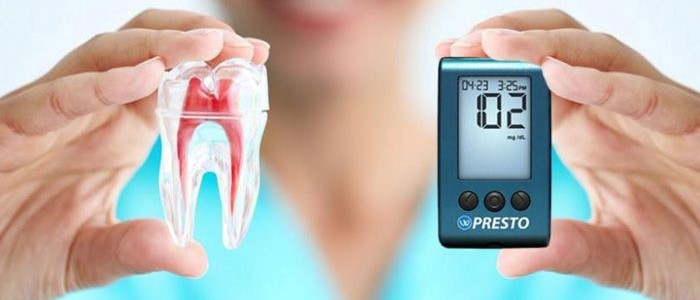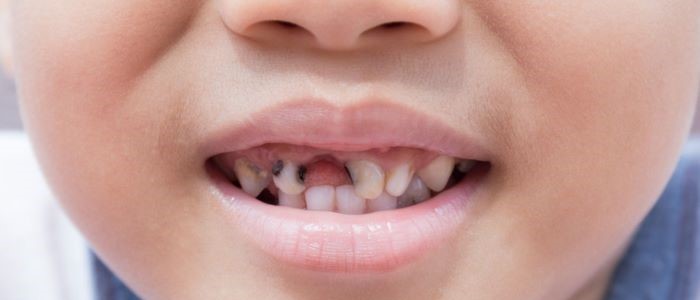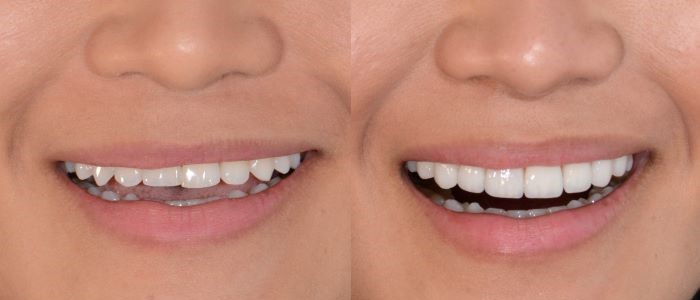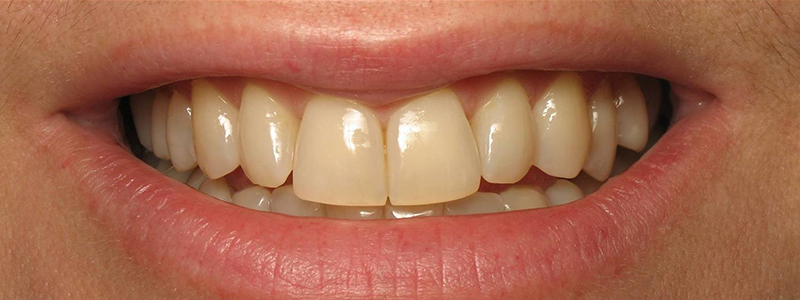In the age of TikTok, Instagram, and YouTube, teenagers are increasingly influenced by social media—especially when it comes to how they look, including their smiles. From DIY teeth whitening hacks to at-home braces and tooth gems, dental trends are going viral. But what looks cool online can lead to serious, sometimes irreversible, damage.
At Studio Dentale in Kathmandu, Dr. Nikita Agarwal is seeing a rise in dental issues among teens caused by these online trends.
Popular Social Media Dental Trends Among Teens
Here are a few trends circulating among teenagers that can negatively impact their oral health:
1. DIY Braces
Teens are using rubber bands or hair ties to try and straighten their teeth at home.
- Risks: Permanent tooth loss, root damage, gum recession
2. Homemade Teeth Whitening
Using baking soda, lemon juice, hydrogen peroxide, or even bleach.
- Risks: Enamel erosion, tooth sensitivity, gum burns
3. Tooth Gems & Jewelry
Adorning teeth with crystals or gold without professional guidance.
- Risks: Increased plaque buildup, gum irritation, tooth decay
4. Filing Teeth for Shape Correction
Some teens use nail files to reshape teeth.
- Risks: Permanent enamel damage, increased cavity risk, bite issues
How Parents in Kathmandu Can Help
- Start the Conversation Early
Ask your teen what they’re watching or trying out. Normalize asking questions like “Where did you hear that?” or “Did a dentist recommend this?” - Promote Critical Thinking
Encourage teens to look beyond filters and ask: Is it safe? Is it evidence-based? - Encourage Regular Dental Checkups
A professional like Dr. Nikita Agarwal can help guide teens toward safer, healthier dental choices. - Offer Safe Alternatives
Teens concerned about their appearance may benefit from professionally guided options like clear aligners, professional whitening, or safe smile makeovers.
Studio Dentale’s Teen-Friendly Approach
At Studio Dentale, we take teenage dental health seriously. Our clinic offers:
- A judgment-free zone for teens to ask questions
- Personalized advice tailored to growing smiles
- Prevention-focused treatments with modern technology
- Parental guidance on emerging dental trends
Dr. Nikita Agarwal and her team strive to balance style with safety, helping teens feel confident in their smile—without risking their oral health.
While social media may drive the desire for aesthetic changes, nothing replaces professional care and expert advice. As a parent, staying informed and proactive can help your teen avoid the dangers of viral dental trends.
📞 Book a teen consultation today at Studio Dentale, Kathmandu, and help your child make smart, smile-friendly choices—even in the TikTok era.





